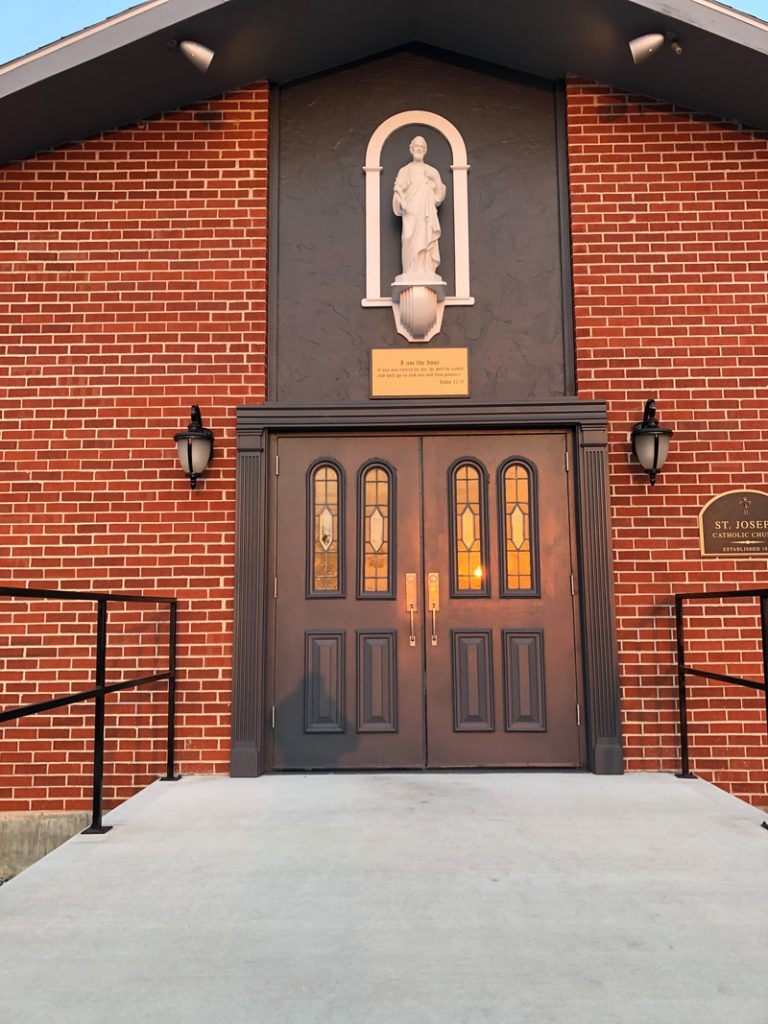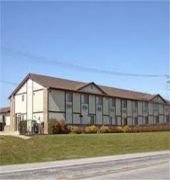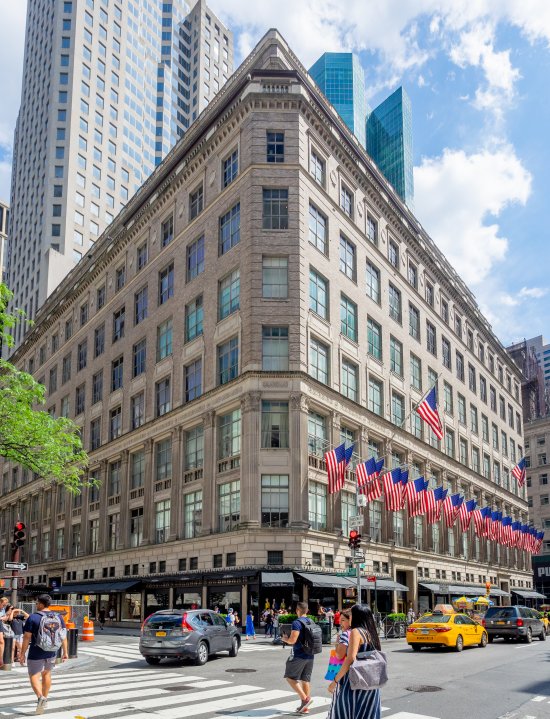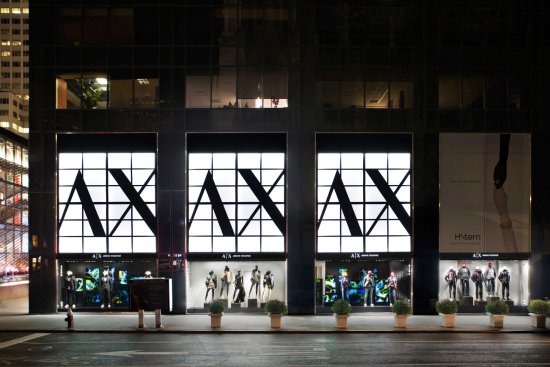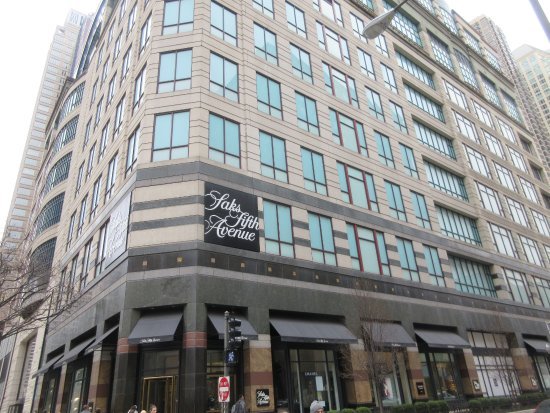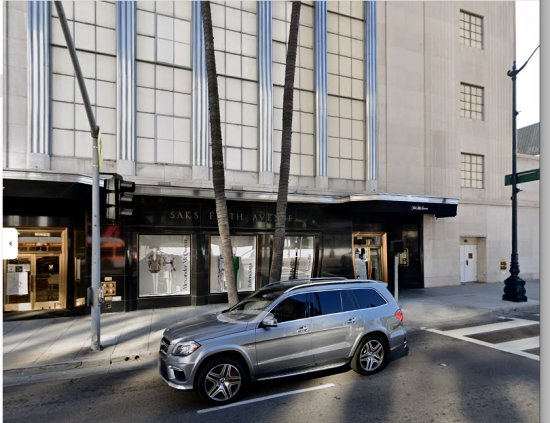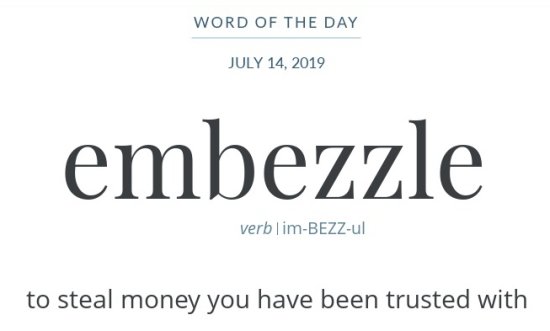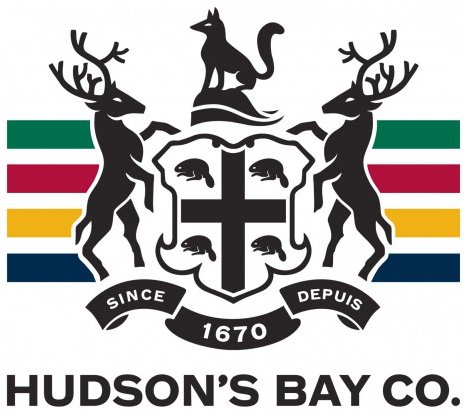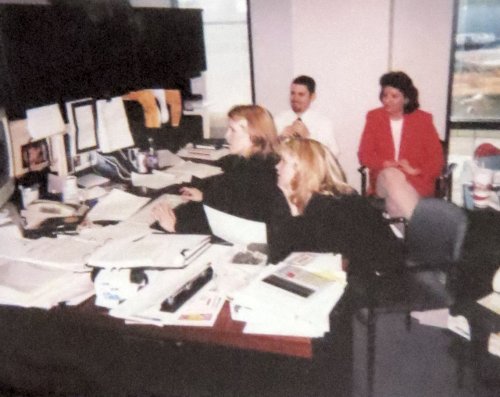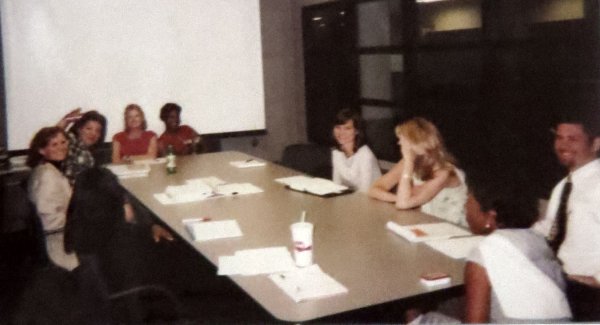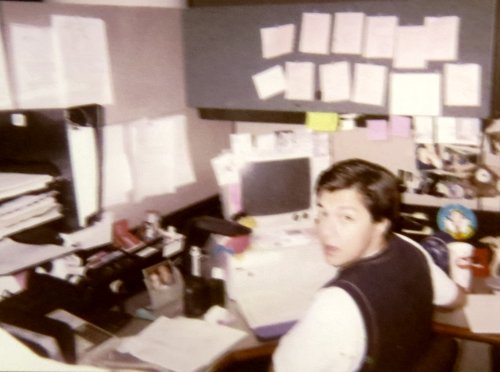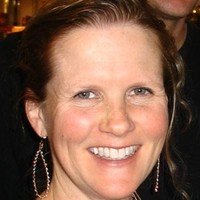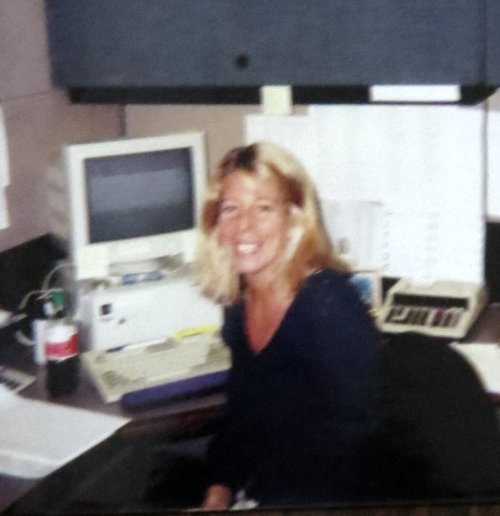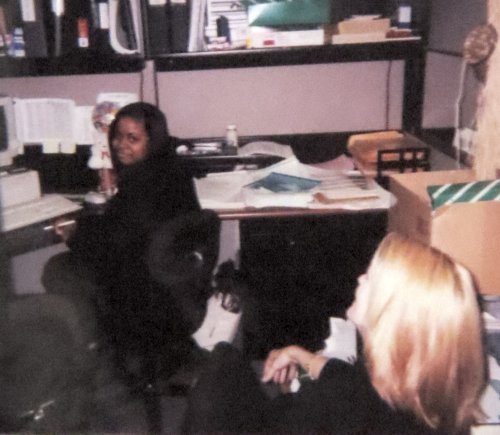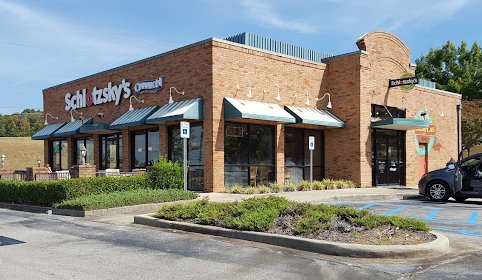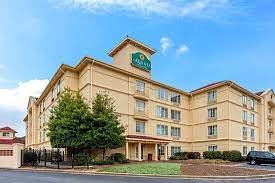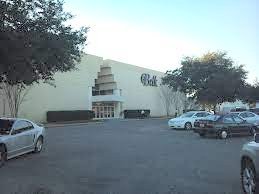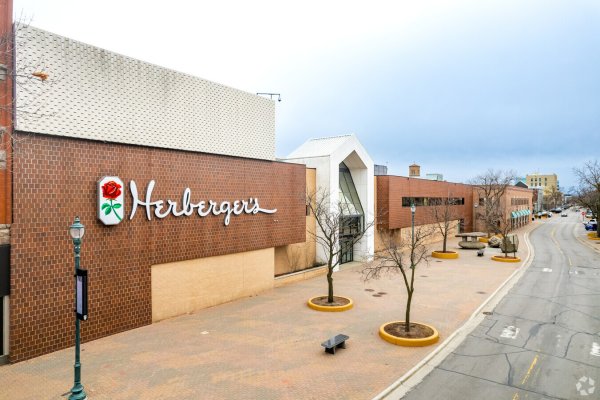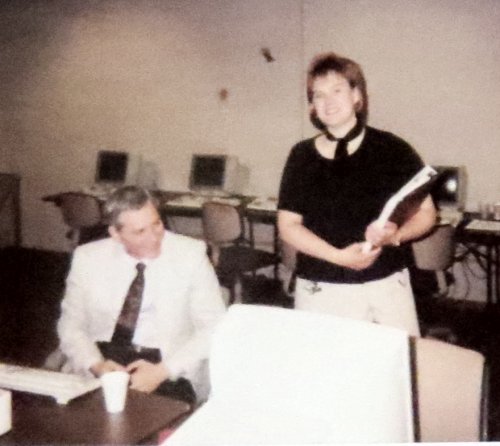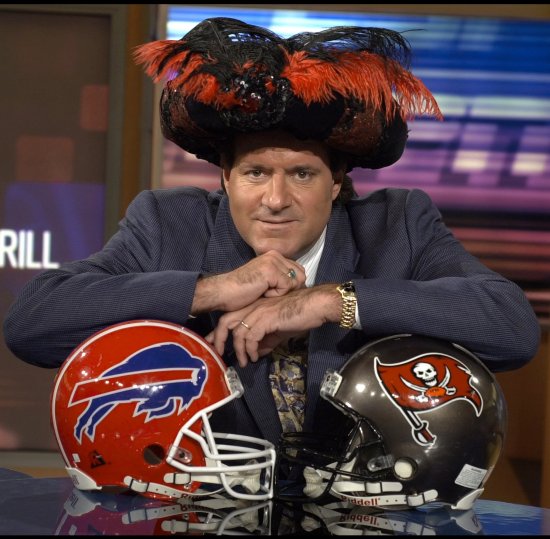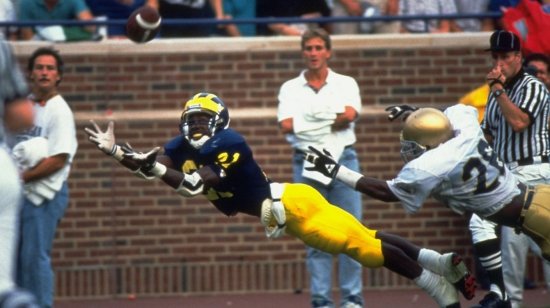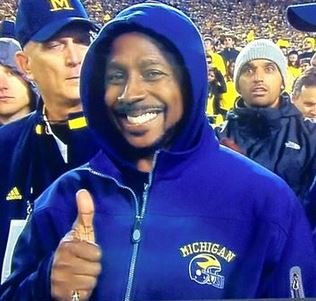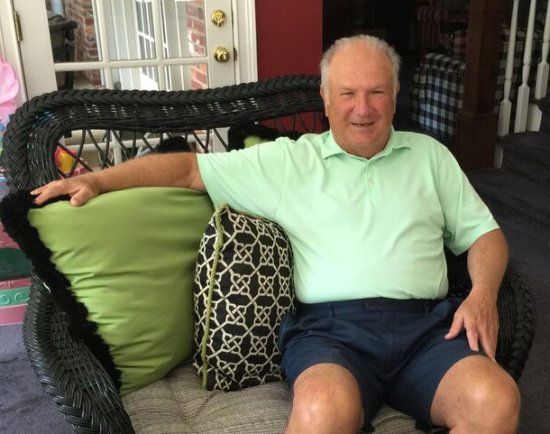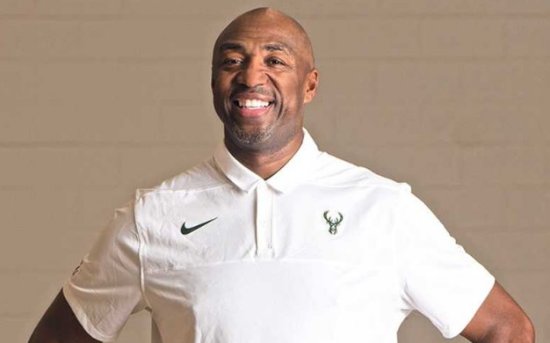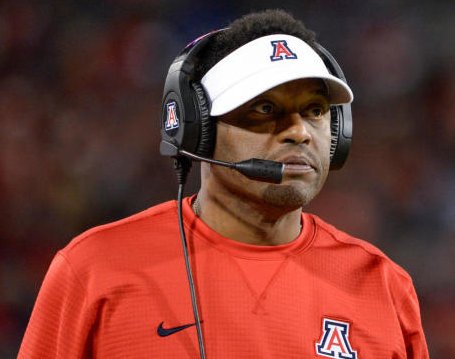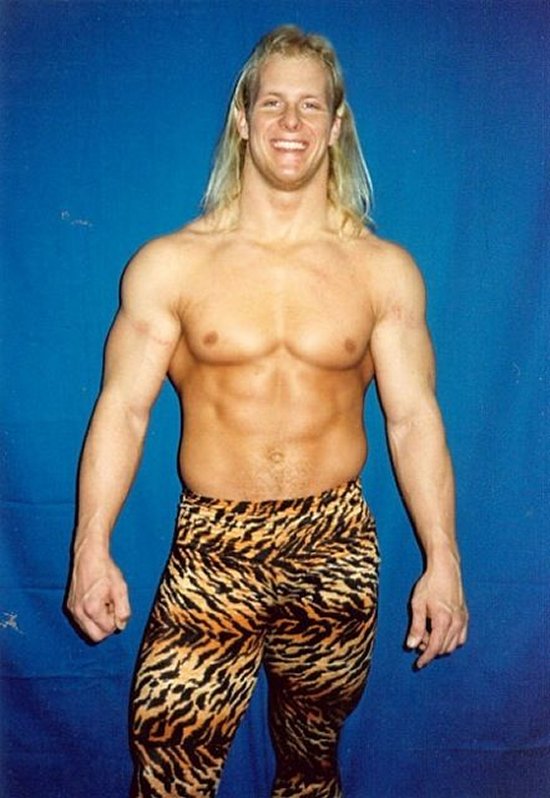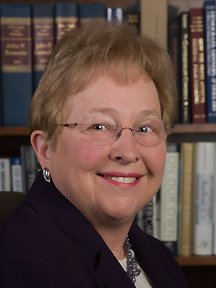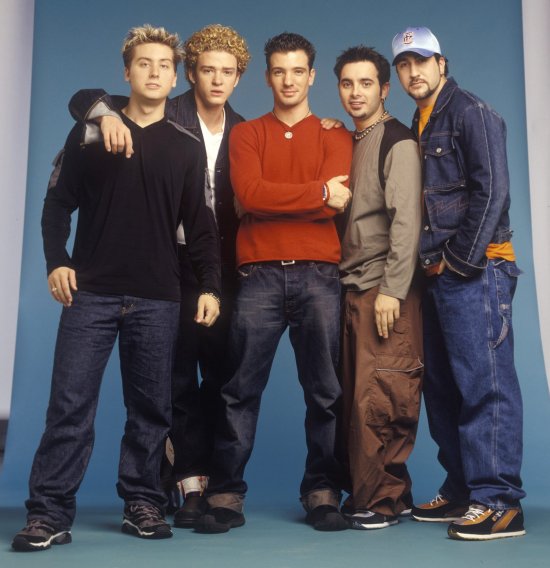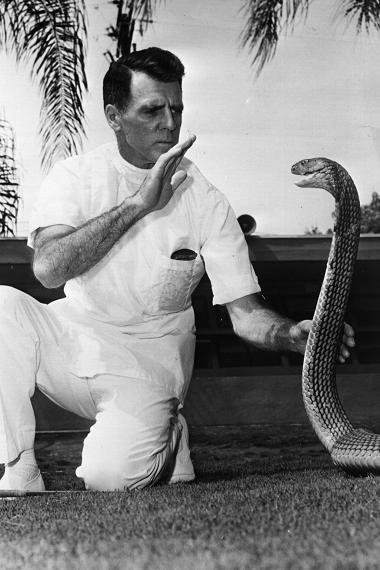A journey to Trenton, MO. Continue reading
Aunt Margaret’s funeral: In March of 2007 my dad, Jim Wavada, was living in Enfield near our house. This situation has been explained here. He learned in a telephone call from either his brother Vic or one of Vic’s children that Vic’s wife Margaret had died on Tuesday, March 27. Vic and Margaret had resided in Trenton, MO, for as long as I had known them,. The services were scheduled for Saturday at St. Joseph’s church in Trenton.
Dad could not have undertaken the journey by himself. I retained only the vaguest memory of Aunt Margaret1, but I agreed to accompany him to pay his respects. I have absolutely no recollection of staying in or near Trenton on that occasion. I therefore have deduced that we flew to KCI airport on Friday and stayed overnight at the Hampton Inn near the airport. I have a pretty vivid memory of staying with my dad at that hotel, and I cannot imagine any other occasion on which we might have done so.
Why did we not fly out earlier and spend some time with the family? I can think of two possible reasons. Either I had business commitments that I could not get out of, or my dad wanted to minimize his time there. I strongly suspect that it was the latter. My last trip for the last major installation that I did (Macy’s South, as explained here) was in January of 2007. I don’t have any notes about major trips in March or April. Furthermore, I know from several conversations with him that my dad did not have much respect for his oldest brother.
I am pretty sure that we arrived at KCI on Friday afternoon. I rented a car from Avis. After we checked in at the Hampton, we treated ourselves to fried chicken at the Strouds restaurant near the airport.1
The next morning we ate an early breakfast at the hotel and then drove to Trenton. The drive took about an hour and forty-five minutes. I remember nothing about it.
In Trenton I got to see my Uncle Vic, and my cousins Charlie, Vic Jr., Margaret Anne Deaver, and Cathy. I also got to meet their spouses and children. Some of these people were probably at my mom’s funeral eight years earlier. The others I had not seen for at least thirty-seven years. Many I had never met at all.
I have very few memories of this occasion. I remember that my Uncle Vic had recently purchased a car. For some reason this upset my dad, who thought that it was a waste of money. I could not understand why my dad would care about this.
I am pretty sure that we stopped at Uncle Vic’s apartment before going to the church. I can visualize it, but I am not sure that I can trust the details.
The other memory that I have was a disparaging comment that Uncle Vic made about me. It was something to the effect that I thought that I was too good for them.
Since he was eighty-eight years old and did not know me at all, I did not get angry or embarrassed. My only mental reaction was to consider this a very strange thing to say about someone who had just paid to fly halfway across the country for services for someone whom he barely knew. At any rate one of my cousins, Margaret Anne or Cathy, reprimanded him for the comment, and he attempted to make a joke out of it.
In retrospect I surmise that the comment was really directed at my dad. I had not consciously done anything (or, for that matter, failed to do anything) that would provoke enmity with Uncle Vic.
I was happy to establish a little bit of communication with my cousins even though I am almost certain that we left shortly after the funeral and drove back to the Hampton Inn. It must have been during this drive that my dad vented about Uncle Vic’s car.
I surmise that we then flew back to Connecticut on Sunday.
Uncle Vic’s funeral: My dad and I returned to Trenton in October of 2009 for Uncle Vic’s funeral. He was ninety years old, which, unless I have miscalculated, tied him with his mother Hazel for the family’s longevity record. I have much more numerous and vivid memories of the second trip, but it is definitely possible that some of the events that I associate with it actually occurred in 2007.
On the second trip my dad and I shared a room at the luxurious Knights Inn3 just outside of Trenton. We spent at least two nights at the Knights. It made quite an impression on both of us. Our room contained an old light green rag that was covered with stains. A sign near it implored the temporary residents to use this rag to clean their firearms as opposed to the towels or sheets. This admonition was unnecessary for dad and me, as we both carried our own cleaning equipment whenever we brought our rifles on trips.
All of my cousins were again present. I am pretty sure that this time we went to the rosary and wake on Sunday evening. We also ate supper with them and some friends of Uncle Vic’s at what Vic Jr. called “a pizza joint”4 in Trenton. The atmosphere was fairly lively. My cousins lived in St. Louis, KC, and Denver. I had the impression that most of them were happy that they need never come to Trenton again. There was very little reminiscing about good old days with “Pop”.
I remember talking with an optometrist who was, I guess, Uncle Vic’s friend. I told him that I had been taking the PreserVision vitamins to try to stave off macular degeneration. He validated that this was probably a good idea.
I met Charlie’s wife Mary and Vic Jr.’s wife Theresa5. Margaret Anne’s husband was probably there, too, but I do not remember his name. John maybe? I don’t remember anyone asking about my sister Jamie.
On Monday we attended the funeral and burial. Afterwards there was a lunch at the church hosted by the Ladies Club. I sat near some of my cousins. I remember Vic Jr. remarking about his mastery of texting. He said that recently he and his son Matt had texted one another while they were in the same store. Theresa worried that people would become overly dependent on them and stop planning.
I recall quite a few kids, a few of whom were a little rambunctious. I can’t say that I tried very hard to assign names to all of them.
The return trip: My dad, who at this point began referring to himself as the last of the Mohicans6 was unusually talkative. He told me about a problem that he had had with Vic Jr.’s son, Matt. I don’t remember the details.
I think that it was either in the car ride or the airplane that he talked about Vic. It may have occurred at another time; I am not certain. He said that his mother, Hazel Wavada, had negotiated a deal with the Benedictines to provide a good high school education for her three sons at Maur Hill in Atchison, KS. One of them had to become a priest. Vic, thee oldest actually took the name Brother Hildebrand, O.S.B., before he quit the order. That, my dad said, was why his other brother, Joe, became a Benedictine priest.
He also told me that Vic had been married before he met Margaret to a woman in Birmingham, AL, of all places.
1. Her very brief obituary, which was posted here, says that “Mrs. Wavada retired from the Jewitt Library in Trenton after 28 years.” This was news to me. I also did not know where my Uncle Vic had been employed. His even briefer obituary, which was posted here, was no help. I have a vague recollection that he worked for a company known as Trenton Foods, which may have been purchased by a conglomerate.
2. My recollection was that the restaurant was near the airport. The closest Strouds that was open in 2023 was located in Oak Ridge Manor, sixteen miles southwest of the Hampton Inn. That is farther than I remembered, but we would have thought nothing about driving such a distance for real fried chicken, which is unknown in New England.
3. The building that housed the Knights Inn still existed in 2023. It was renamed the Cobblestone Inn and Suites. Its website is here. The exterior does not appear changed much, but the photos of the rooms did not seem familiar.
4. I don’t think that the joint survived until 2023. The only pizza places in town in 2023 that Google knew about were Pizza Hut, Godfather’s Pizza Express, and Casey’s, a “convenience store known for fuel and pizza.”
5. Theresa died in 2017. Her obituary has been posted here.
6. He only held this title for two years before passing it on to me. As of 2023 I have now been the most senior of the KC branch of the Wavadas for twelve years, almost 1/6 of my total life.
7. The original Brother Hildebrand of the eleventh century eventually became the famous Pope Gregory VII. I have written an entire chapter about his influence and posted it here. I also included him as a character in the historical novel, Ben 9, that I posted here.



